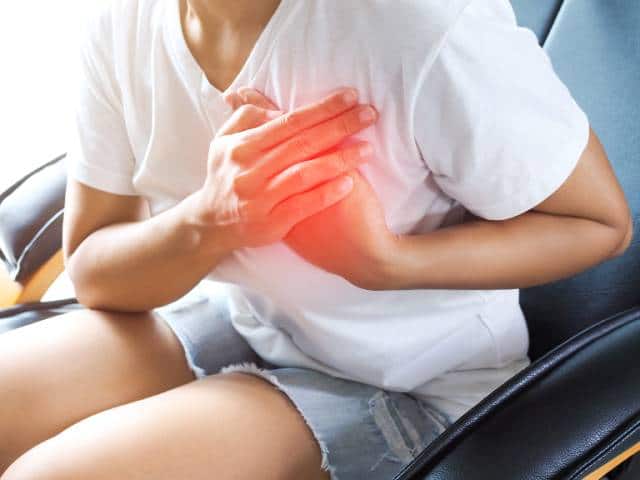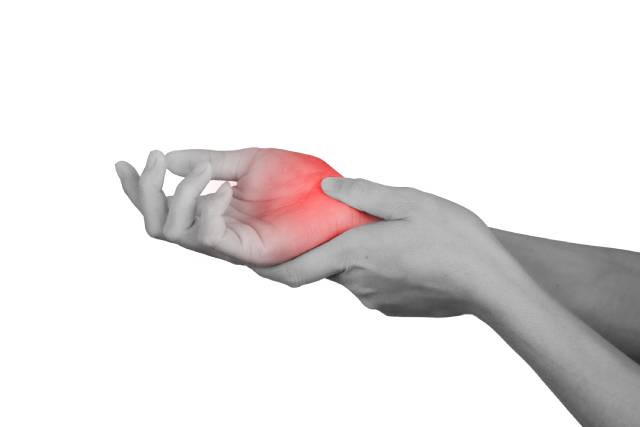Menu

The Best Ways XR Is Used For Pain Management (2022)
- June 6, 2022
- 4:16 pm
Using VR and XR as a primary or complementary pain management practice represents an inviting alternative to prescribers and patients...
Table of Contents
The Best Ways XR Is Used For Pain Management
Easy Wins With XR For Pain Management

Below we take a deep dive into XR For Pain Management.
Over half of UK adults may be living with chronic pain – this is pain which has far outlasted an injury/insult to the body.
For many years treatment has heavily relied on opiate based medication.
More recent developments in Cognitive Behavioural Therapy (CBT) offered a non-pharmaceutical approach to pain management.
In 2015; 5% of the UK population were prescribed costly opioid medications.
A recent UK study found that 14.6% of people given opioids for the first time became long term opioid users within a year – prescriptions are rarely rationalised and reviewed.
Using VR and XR as a primary or complementary pain management practice therefore represents an inviting alternative to prescribers and patients alike.
We note that recent changes in NICE guidance suggest that immersive therapeutics for the management of chronic pain offer side-effect-free alternatives to opioid medication.
Several VR applications have been shown to lower the perception of pain for the patient using the intervention by offering a more engaging experience which further distracts the patient from acute and/or chronic pain symptoms.

How XR For Pain Management Works
To quote Brennan Spiegel in VRx:
“VR lowers the perception of pain in at least three different ways.
- First, it distracts the brain from noxious signals rising up from the body.
- Second, it creates an illusion of time acceleration, effectively shortening the length of pain episodes.
- And third, it nips signals in the bud at their origin, blocking pain from reaching the brain. The combination of these effects supports the ability of immersion to fight pain.”

VR in The Acute and Chronic Pain Settings
VR has been used to manage pain and distress associated with a wide variety of known painful medical procedures and conditions such as childbirth, episiotomy repair, burn dressing management, cancer pain, colonoscopy, and a range of other routine medical procedures.
Chronic pain conditions including fibromyalgia, neck pain, back pain or chronic regional pain syndrome are also being studied..
In multiple clinical trials and settings, participants immersed in VR experiences demonstrated reduced levels of pain, general distress/unpleasantness and reported a desire to use VR to help manage the pain.
VR acts as a non pharmacologic form of analgesia (painkiller) that exerts an array of emotional affective, emotion-based cognitive and attentional processes on the body’s intricate pain modulation system.
Potential benefits include:
- A reduction in costly and dangerous opiate addictions
- Illness or reduction in deaths
- Decreased medical bills for opiate side effects/substance abuse programmes
- Subsidies to pharmaceutical companies
Perhaps the most compelling reasons to use VR for patients are:
- No side effects from medication
- A less painful experience of surgery and ability to manage their own pain symptoms

Perspectives On Chronic Pain
Chronic pain manifests when sustained injury, perhaps to tissue, provokes a neurological response whereby pain signals are sent to the brain over a sustained period of time.
Over time; pain signals become exaggerated, distorted and unrepresentative of the original physical injury.
Constant pain signals over a prolonged time can lead to psychological effects including anxiety and depression; an onslaught of these signals towards the brain can lead to a vicious cycle of ongoing pain as the brain fails to block more signals arising long after the initial injury has disappeared.
Diane Gromala’s work focuses on the intersection of art, design, technology and the emerging world of bio-feedback to create VR environments which the participants could interact with in real time.
Her immersive walk titled the ” Virtual Meditative Walk’ (Gromala, D, Tong, X, Choo, et al. 2015), led the way for VR healthcare environments and interactions.
The walk was designed for pain modulation, and improving interoceptive awareness.
The experience offered an opportunity for patients to “learn to exert some form of control or agency over their experience of unrelenting pain.”
It can broaden horizons and lead to the realisation that they do not need to be housebound and limited by too much pain to do anything.
We firmly believe that an immersive therapeutic environment/challenge home-delivered via a VR headset can remind patients that they are more than their illnesses.

Perspectives on Acute Pain
Acute pain is defined by the British Pain Society as ‘an emotion experienced in the brain’ that lasts ‘less than twelve weeks duration’.
Acute pain is usually experienced as a response to tissue damage that is commensurate to the level of injury.
The pain disappears when the injury is healed and pain nerves stop sending a signal to the brain.
In the UK and Internationally, some examples of VR use in the sphere of acute pain occur in childbirth, dentistry, colonoscopy, endoscopy, joint replacement surgery and burn dressing management.
Researchers built SnowWorld, an evidence based therapeutic VR software programme that first developed the concept of VR analgesia.
Patients wore VR headsets during medical interventions maximising the amount of attention drawn away from the ‘real world’ which allowed patients to tolerate painful procedures.
A well known example of similar work in the UK is the work of Ivan Phelan from Sheffield Hallam University.
He has collaborated with Sheffield Teaching Hospital and Sheffield Children’s NHS Foundation Trust.
His subjects are burn victims and children requiring physical rehabilitation, which also encompass a considerable pain component.
His research results suggest that VR could help the burn-injured to better manage pain during wound debridements and dressing changes.
His work reiterates that a key factor in reducing pain and increasing tolerance of wound care seemed to be the degree of distraction created by VR:
- Active scenarios appeared to be more effective in distracting patients.
- His patients were unanimous that they had achieved good levels of distraction (and no nausea) in the active VR – they were fully immersed and engaged in the scenarios.
- Nurses spoke of patients being “amazed” by what they had done afterwards, and several patients reported losing track of time, so immersed had they been in the virtual world and unable to see the wound and nursing activities taking place around them.
- These findings were supported by the nursing staff, who reported that during the VR dressing changes less pharmacological analgesia was given to the burn-injured patients.
- With patients distracted by VR, nurses were also able to spend longer on dressing changes and remove more surgical staples, which results in minimising the overall duration of the healing process and better patient experience/outcomes.

The Role of XR in Minor Surgery
Minor surgeries requiring local anesthetic can be anxiety inducing, and can lead to delayed procedures, or even rescheduling surgery.
Possible future applications of VR in pain management and distraction include:
- VR for dental procedures
- VR for vaccination anxiety
- VR for other minor surgeries requiring a local anaesthetic, such as podiatry operations studied in South Devon and Torbay
We concur that VR presents a compelling, non pharmacological, scalable digital intervention that can reach more patients having invasive interventions whilst improving patient experience, quality of healthcare and consistency of favourable outcomes.
How We Can Help You Use XR For Pain Management
We are HAUD, a VR Healthcare Related Software Developer.
We help people involved in healthcare related services utilize the capabilities of virtual reality to deliver their offerings more effectively.
Please feel free to reach out to us to see how we can help you.
Doctor Sajini Wijetilleka
Share This Post
Share on facebook
Share on twitter
Share on linkedin
Share on telegram
Share on skype
Share on google
Share on pinterest
Share on reddit
Share on print
Share on email